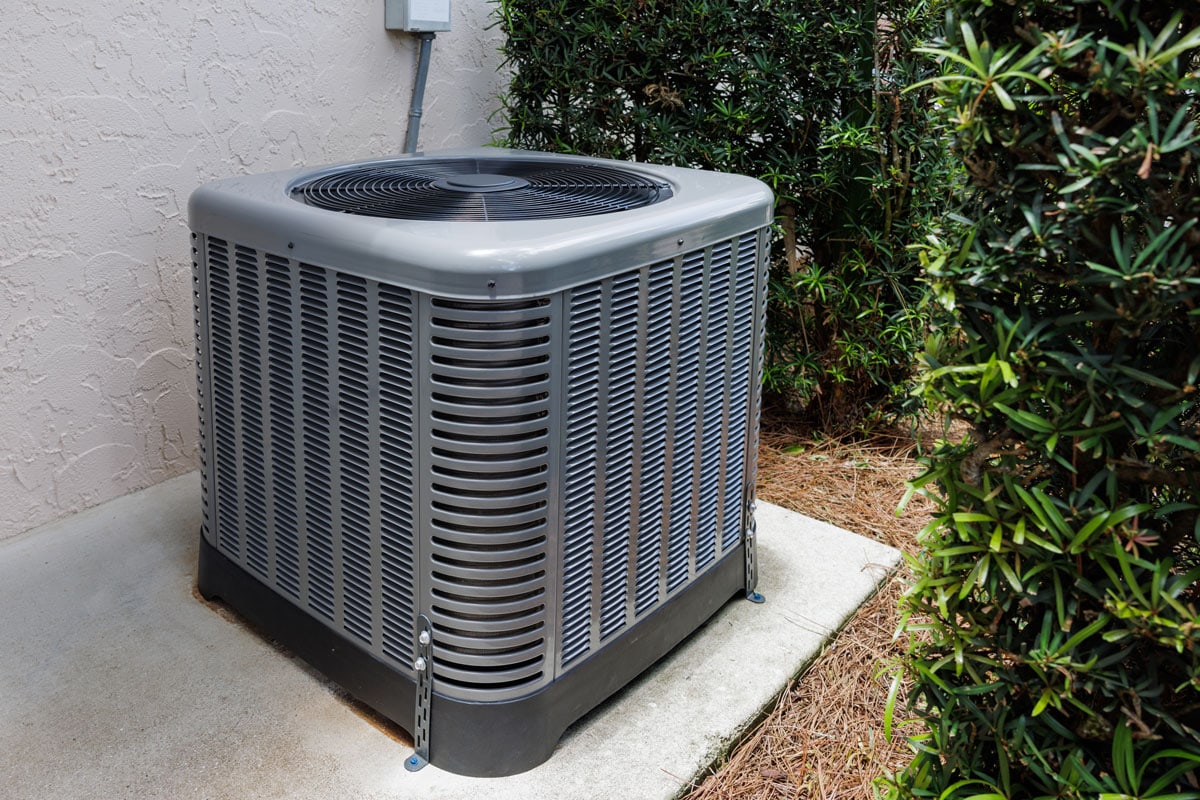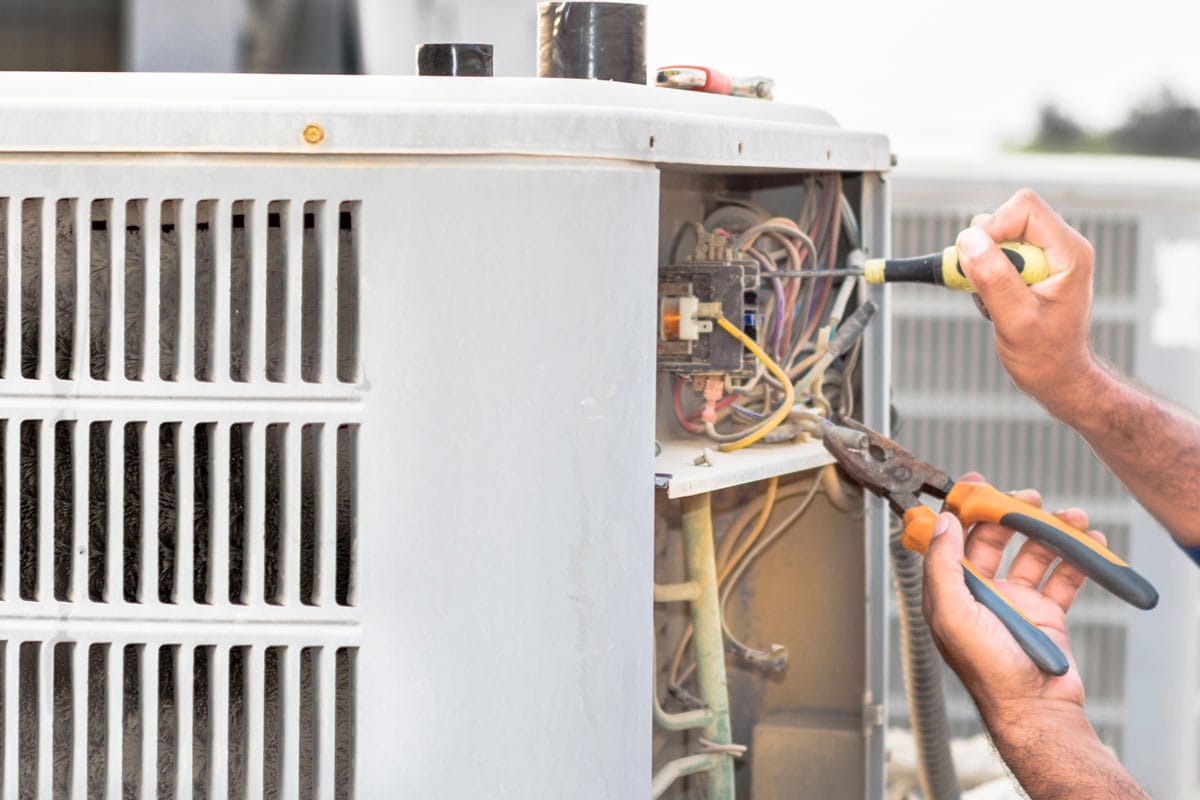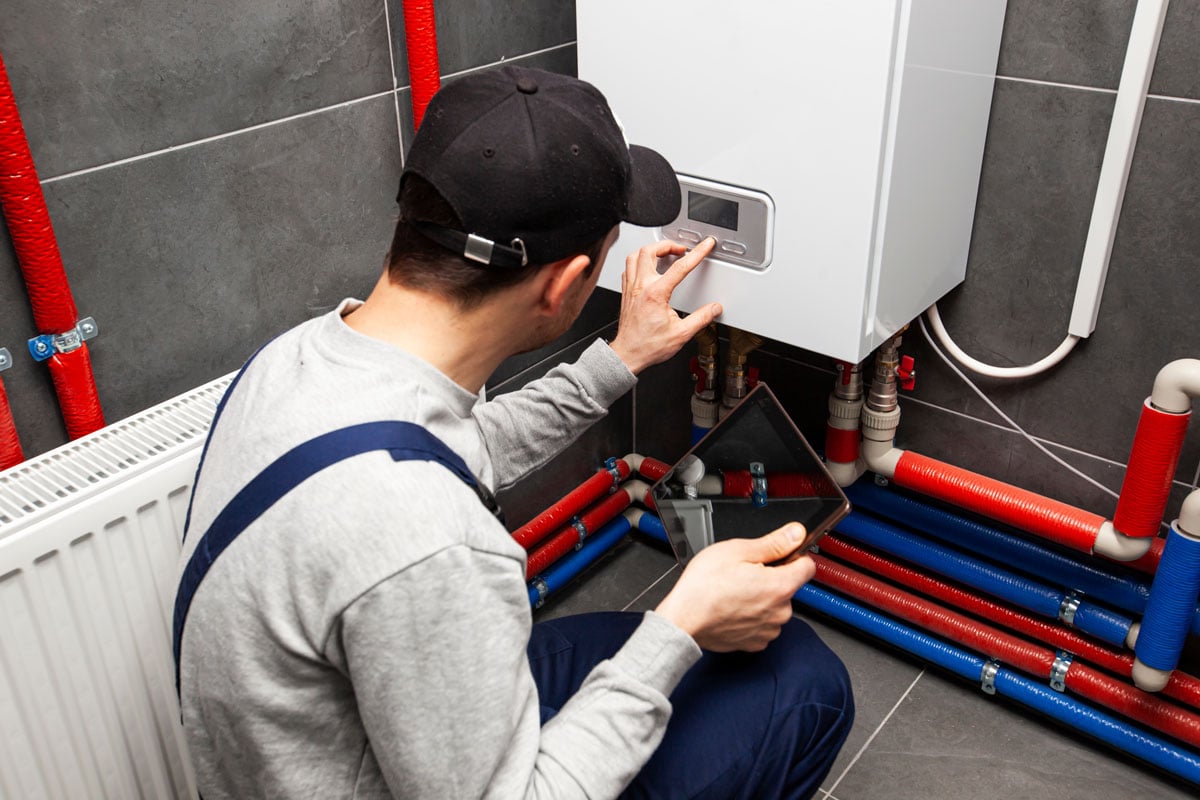Need help deciding between Payne or Carrier for your air conditioner, heat pump, or furnace needs? You've come to the right post! We've researched everything you need to know to make an informed decision on which brand to choose.
If you're looking for greater efficiency and a quiet cooling or heating system, Carrier generally has high-end models. However, consider Payne if you want something budget-friendly, as they offer affordable products. Both companies offer a 10-year warranty.
In this article, we'll mention some of the best products of Payne and Carrier. Also, we'll share some features, costs, and warranties of their products to help you make the best decision. So keep on reading.

Payne Vs. Carrier
For over a century, Carrier has built a reputation for creating heating, ventilation, and air conditioning (HVAC) systems of the highest caliber.
It provides several patented technologies purported to improve the energy efficiency of its furnaces, heat pumps, and air conditioners.
However, Payne is one of the brands made by United Technologies, a well-known and reputable manufacturer of air conditioners that also produces Carrier.
Compared to high-end models from Carrier, Payne is a value brand offering fewer features. Since the internal components are identical to Carrier's, each unit's price is reasonable and offers excellent value.
Payne and Carrier Product Types and Models
Payne and Carrier provide a variety of products, including cooling systems, heat pumps, and furnaces. These systems are modified to accommodate user needs and preferences.
Here are a few HVAC units you can purchase from Payne and Carrier:
Air Conditioners
Payne and Carrier air conditioners are made to last a long time and provide comfort to their customers during the sweltering summer.
Payne

This brand provides standalone units as well as units coupled with a furnace or a fan coil for improved comfort and energy efficiency.
The top-tier 17 PA17NA is a central air conditioner that has earned the ENERGY STAR label and features a two-stage compressor for better temperature and summer humidity control.
It has a tight wire grill on the tough exterior that helps shield it from weather damage. It also has a seasonal energy efficiency ratio (SEER) of 17 for cooling effectiveness and the lowest sound level of 73 decibels.
It runs at only 25% of its maximum capacity to conserve energy. Also, having an R-410A refrigerant doesn't harm the ozone. The following are some features of the Payne air conditioners:
- SEER 13-17
- Energy Efficiency Ratio (EER) 11-12.2
- Energy Star Seal
- As low as 73 decibels for sound levels
- Single-stage compression operation
Carrier

Carrier air conditioner units are among the most efficient and quiet in the industry. Its flagship 24VNA model has a rating of 26- SEER due to its inverter-driven and variable-speed compressor intended to run nearly continuously.
This compressor keeps its temperature steady. Additionally, it can operate at a noise level as low as 51 decibels thanks to its superior sound blanket. The following characteristics of Carrier's air conditioners:
- SEER ratings up to 26
- As low as 51 decibels for sound levels
- Copeland compressors with single, two, and variable speeds.
- Air purification included in some models
Heat Pumps
Your home will stay warm during the chilly winter nights if you choose the appropriate Payne or Carrier heat pump.
Payne
Payne heat pumps offer users unmatched comfort and energy efficiency. The PH16NA is the only two-stage conventional heat pump made by Payne, and it increases indoor comfort by precisely controlling the temperature and humidity levels.
It has an HSPF of 9.5 and a SEER rating of 17. The PH16NA is fully compatible with Payne gas furnaces for added heating capacity, just like all traditional Payne heat pumps. Payne's heat pump has many features, such as:
- SEER ratings up to 17
- EER ratings up to 13.3
- Heating Seasonal Performance Factor (HSPF) ratings of up to 9.5
- As low as 69 decibels for sound levels
- Two or single-stage compressor operation
Carrier
Despite having fewer heat pumps than air conditioners (11 vs. 16), Carrier's product lines are comparable.
The top-tier 25VNA4 heat pump from Carrier has Greenspeed Intelligence to help maintain the home's temperature and a sound rating as low as 51 decibels, just like its top-tier air conditioner.
There are models available for every price range, including the 25HCE4, which is more affordable and provides Carrier quality with basic comfort features. The following are some features of heat pumps made by Carrier:
- SEER ratings up to 24
- HSPF ratings of up to 13
- As low as 51 decibels for sound levels
- Copeland compressors with single, two, and variable speeds.
Furnaces
Both furnace brands will make your home warm and livable while saving you money on winter heating costs.
Payne
The 96 PG96VTA is the top-tier furnace in Payne's lineup, an ENERGY STAR-certified model with AFUE efficiency ratings as high as 96 percent.
It offers consistent comfort at an affordable price. The fully insulated cabinet guarantees constant heat transfer to your ductwork, and compatibility with an air purifier and humidifier improves the air quality inside your home.
Thanks to their versatile two-stage operation, Payne's range of high-quality furnaces will unquestionably keep your home warm and cozy during even the harshest winters.
Some characteristics of heat pumps made by Payne include the following:
- Annual Fuel Utilization Efficiency (AFUE) ratings of 92.1-96%
- Energy Star Seal
- Two or single-stage gas value
Carrier
Furnaces from Carrier's Infinity, Performance, and Comfort series come in various models.
The 59MN7 is the most sophisticated furnace in this brand. It has an AFUE rating of 98.5 percent, which indicates that 98.5 percent of the fuel used is converted into heat.
While most of Carrier's furnaces only run on natural gas, some can convert to liquid propane, while others are oil-fired. The furnaces made by Carrier have these features:
- AFUE ratings of up to 98.5%, with the majority above 90%
- Blowers with fixed, multiple, and variable speeds
- Models created in compliance with California regulations
Unit And Installation Costs

Depending on the selected unit, prices change. Installation is chargeable. The cost increases as the efficiency rating does. Regardless of their efficiency rating, units with variable-speed motors are frequently more expensive.
Air Conditioners
Payne
A Payne air conditioner, including installation, can be purchased for between $2,710 and $3,860. Specifically, a 1,601- 1,900 square foot that needs a 3-ton sized Payne central air conditioner might cost around $1,080 before installation.
Carrier
Carrier offers a wide range of different air conditioning models. The total cost of purchasing and installing a Carrier unit can range from $4,500 to $10,700, depending on the model.
A 3-ton Carrier air conditioner would be necessary for the typical 1,800-square-foot home, and its installation would cost about $5,894.
Heat Pumps

Payne
The average heat pump cost, not including installation, ranges from a few hundred dollars for a small ductless system to $13,000 for the largest conventional heat pump.
Costs for installation vary depending on the location, installation difficulty, and size of the home.
A small, basic model of a Payne heat pump can be installed for about $4,300, while a large, 2-stage heat pump can be installed for over $10,000.
Variable-capacity heat pumps, which can cost more than $12,000, are unavailable from Payne.
Carrier
Carrier heat pumps provide a range of energy efficiency ratings like SEER and HSPF, as well as various comfort-improving technologies and even sound ratings.
These make the unit with installation prices anywhere from $3,000 to $15,000 or more. The unit alone is around $2,260 to $5,140.
Furnaces
Payne
In contrast to other brands, Payne's compact lineup enables them to concentrate on what they do best and offer straightforward gas furnaces at reasonable prices without much complication.
If price is the only consideration, inexpensive units are an excellent choice for use in apartments and small homes and can be purchased for as little as $700 (max of $2700).
Payne provides competitive pricing for a no-frills alternative to other gas furnaces, even for their top, high-efficiency unit.
The installation price of a furnace can range from $1,970 to $3,330, with most homes in the US spending less than $3,000 on average.
Carrier
The price of a furnace from a Carrier is determined by the furnace's type, features, size, and installation.
For a typical 1,800-square-foot home using a 100,000 BTU furnace, the estimated cost of parts and installation for a Carrier gas furnace is $3,100.
You should budget $5,100 for the parts and installation of a Carrier oil furnace in a typical home of 1,800 square feet, assuming a 250-gallon oil tank.
Payne and Carrier Warranties
For such a significant purchase, it is imperative to make notes regarding the warranty. Both Payne and Carrier have the same warranties.
The same 10-year limited warranty on parts is included with every product after registration. Within 90 days of installation, you must register. Otherwise, your deposit will only last for five years. For complete information and limitations, please refer to the warranty certificate.
Summing Up

Choosing the brand of your cooling or heating system for your home is a significant investment, so you should carefully consider your options.
We have made this task easier by carefully selecting some of the best Payne and Carrier products.
Making a list of your requirements, looking at the features, and selecting a model that meets those requirements are essential.
To understand the importance of the HVAC efficiency ratings, check out the posts below!
